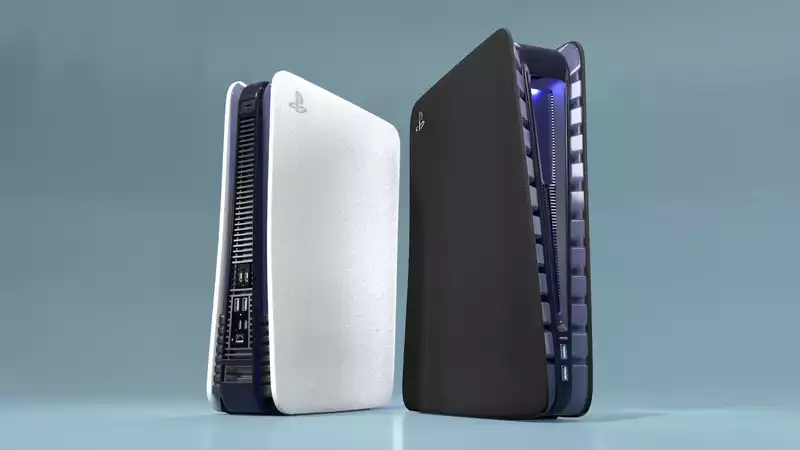The new PS5 Slim has just been announced, but specs for the upcoming PlayStation 5 Pro have been leaked. While improvements in graphics and ray tracing have been noted, we have discovered a problem that may not be "pro" after all.
As shared by RedGamingTech a few days ago, this new information shows an impressive GPU upgrade, but the almost archaic Zen 2 CPU only gets improved clock speeds, no update to the latest Zen 4 CPU standard, no additional cores ...
This may eliminate the chance for us to see the huge benefit in graphics performance from the added 24 compute units.
As any technical director knows, building a powerful and effective machine requires a balance of all factors. I fear that the speed gains of the Zen 2 CPU (an architecture that has aged like badly spoiled milk) may become a bottleneck for the GPU.
Of course, until we hear an official announcement, take all of this with a grain of salt when it comes to these rumored spec leaks. Additionally, since these rumored specs only indicate more GPU CUs and higher CPU clock speeds, we cannot be assured that the PS5 Pro will have any other custom silicon that might solve this problem.
Right now, all we can do is hope that Sony has discovered this potential problem that could limit the true capabilities of the GPU in the rumored upgraded console.
In a nutshell, that may be true. But we don't know if that will happen with this machine; recall that in February 2022, Mark Cerny filed a patent on behalf of Sony for a specially designed ray-tracing unit (RTU).
Think of this as the equivalent of the iPhone 15 Pro's dedicated neural engine in the A17 Pro. This time, it is intended to provide the appropriate turbo boost for ray tracing acceleration.
The PlayStation RTU will perform all the calculations of how light realistically hits the surfaces of the 3D environment, while the GPU will handle all the shaders and additional detail in the game. All of this can also be done asynchronously, so each element can work separately from each other to achieve a common goal.
Sounds great on paper, right? So why am I not sure? Simply put, because you can't polish a turd. Raytracing remains a very CPU-intensive task, and since we may never get out of the Zen 2 architecture, it seems that the dream of achieving full-blown frame rates with ray tracing is just that, a dream.










Comments